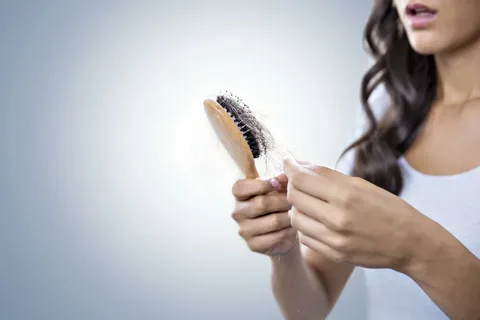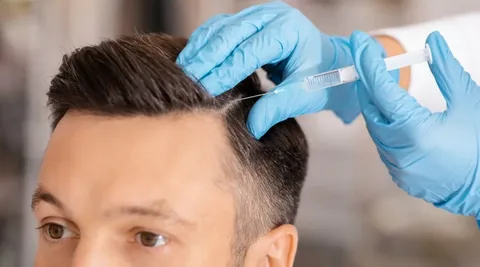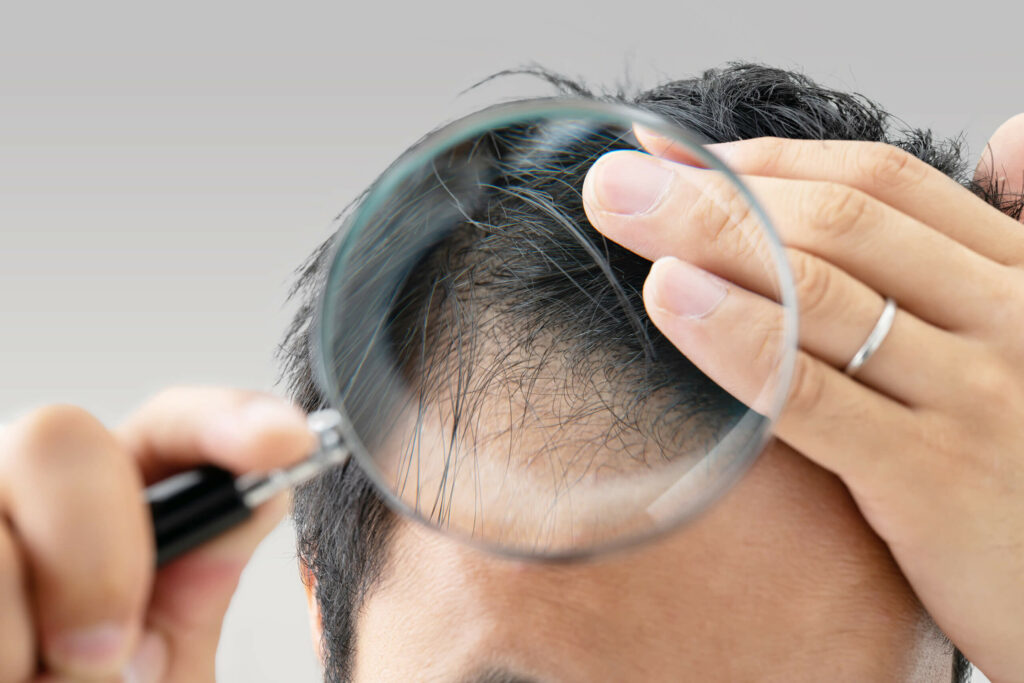Concerned about thinning hair and unsure what really works? Hair loss: The latest research on causes and treatments explores cutting-edge findings to help you understand why hair loss happens and what science-backed solutions are available.
From genetic factors to lifestyle triggers, this guide breaks down the most recent discoveries and effective treatments, including medications, therapies, and emerging technologies.

Backed by experts and current studies, it offers clear, actionable insights to help you take control of your hair health. Stay informed and find real answers to restore your confidence.
Understanding the Causes of Hair Loss
Genetic Factors
The most prevalent form of hair loss is androgenetic alopecia, commonly known as male or female pattern baldness.
It is hereditary and progresses gradually, often beginning with a receding hairline or thinning at the crown.
Hormonal Imbalances
Conditions such as polycystic ovary syndrome (PCOS) or thyroid dysfunction can lead to hormonal changes that disrupt the normal hair growth cycle.
Nutritional Deficiencies
Lack of essential nutrients like iron, zinc, vitamin D, and biotin can trigger or accelerate hair shedding.
Stress and Autoimmune Disorders
High stress levels and autoimmune diseases such as alopecia areata can cause hair to fall out in patches or all over the scalp.
Medication and Medical Treatments
Hair loss may occur as a side effect of chemotherapy, radiation therapy, or certain medications, including blood thinners and antidepressants.
The Latest Research on Hair Loss Treatments
Medical science continues to explore both traditional and innovative methods for treating hair loss. Below are some of the latest developments and proven treatments available at Dr. Rana Irfan’s clinic:

FUE: Follicular Unit Extraction
FUE is a minimally invasive surgical technique where individual hair follicles are extracted from a donor area (typically the back of the scalp) and transplanted to thinning or balding areas.
Benefits of FUE
- No linear scar
- Short recovery time
- Natural-looking results
Procedure and Recovery
- Performed under local anesthesia
- Tiny grafts are harvested and implanted
- Recovery typically takes 7–10 days
Suitable Candidates
- Individuals with sufficient donor hair
- Patients seeking natural results with minimal downtime
PRP Therapy for Hair Regrowth
Platelet-Rich Plasma (PRP) is a non-surgical treatment that uses the patient’s own platelets to stimulate hair growth.
How PRP Works
- Blood is drawn and centrifuged to extract plasma rich in growth factors
- PRP is injected into targeted areas of the scalp
- Helps rejuvenate dormant follicles and improve hair thickness
Key Considerations
- Multiple sessions may be recommended
- Results vary based on individual scalp health
Minoxidil and Finasteride
These FDA-approved medications remain foundational in the medical management of hair loss.
- Minoxidil (topical): Promotes blood flow to follicles and prolongs growth phase
- Finasteride (oral): Reduces DHT, a hormone linked to hair loss in men
Experimental Treatments on the Horizon
Recent research is exploring exciting avenues, such as:
- Stem cell therapy: Using stem cells to regenerate damaged follicles
- Osteopontin proteins: Inspired by findings from hairy moles, researchers are studying molecules that can activate dormant hair stem cells (a possible future alternative to injectables like Botox)
- Low-level laser therapy (LLLT): Investigated for its potential to improve scalp circulation and follicle activity

While these treatments are still under study, they highlight the fast-evolving field of hair restoration.
Local and International Relevance
Why Islamabad Residents Choose Dr. Rana Irfan
Patients in Islamabad trust Dr. Rana Irfan for his meticulous technique, professional ethics, and evidence-based approach.
His clinic offers advanced facilities and personalized treatment planning in a safe and comfortable setting.
Medical Tourism for Hair Restoration
Our clinic also welcomes international patients seeking high-quality care at competitive pricing. Many visitors from the UK, Gulf, and North America choose Dr. Rana Irfan’s clinic for its standards, credentials, and transparent practices.
Related Services
Frequently Asked Questions (FAQ)
What is the most common cause of hair loss?
The most common cause is androgenetic alopecia, a hereditary condition affecting both men and women.
How effective is PRP for hair loss?
PRP therapy has shown effectiveness in stimulating hair growth, particularly in early-stage hair loss, though results vary based on individual factors.
Is FUE hair transplant permanent?
Yes, the transplanted follicles are typically permanent, as they are taken from areas resistant to balding. However, ongoing maintenance of existing hair may still be necessary.
Are there non-surgical options for hair restoration?
Yes. Options include PRP therapy, minoxidil, finasteride, and emerging therapies like laser treatments and scalp microneedling.
